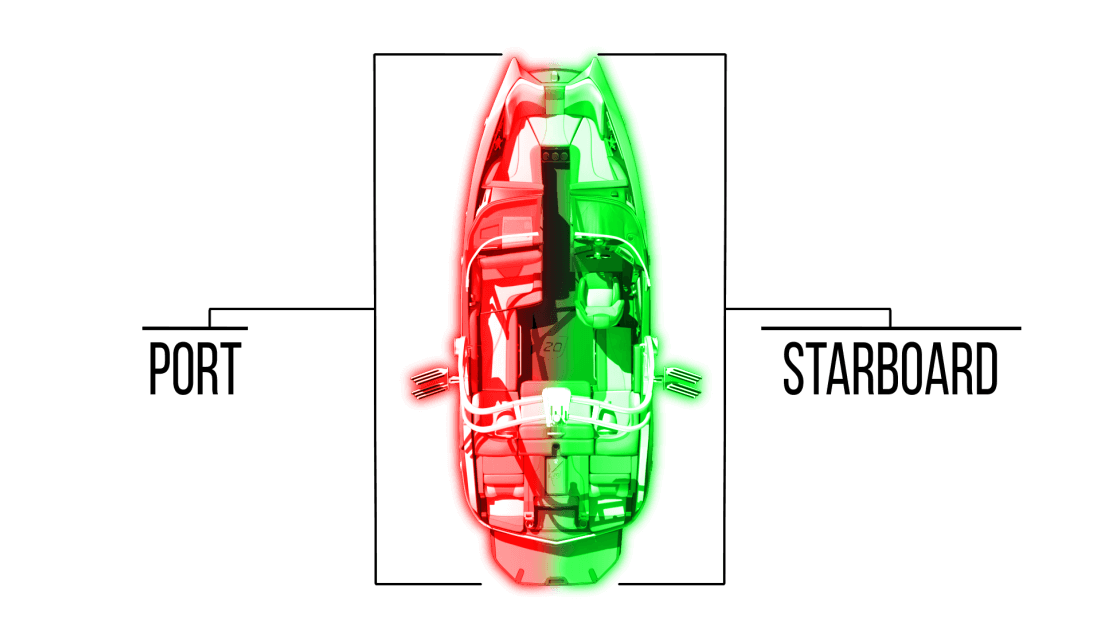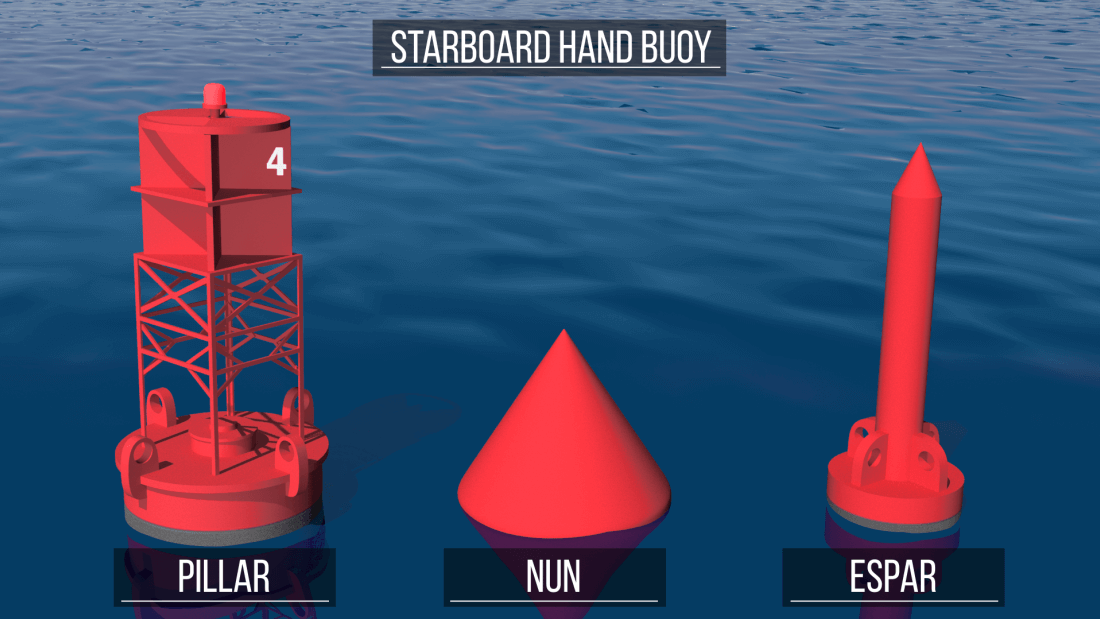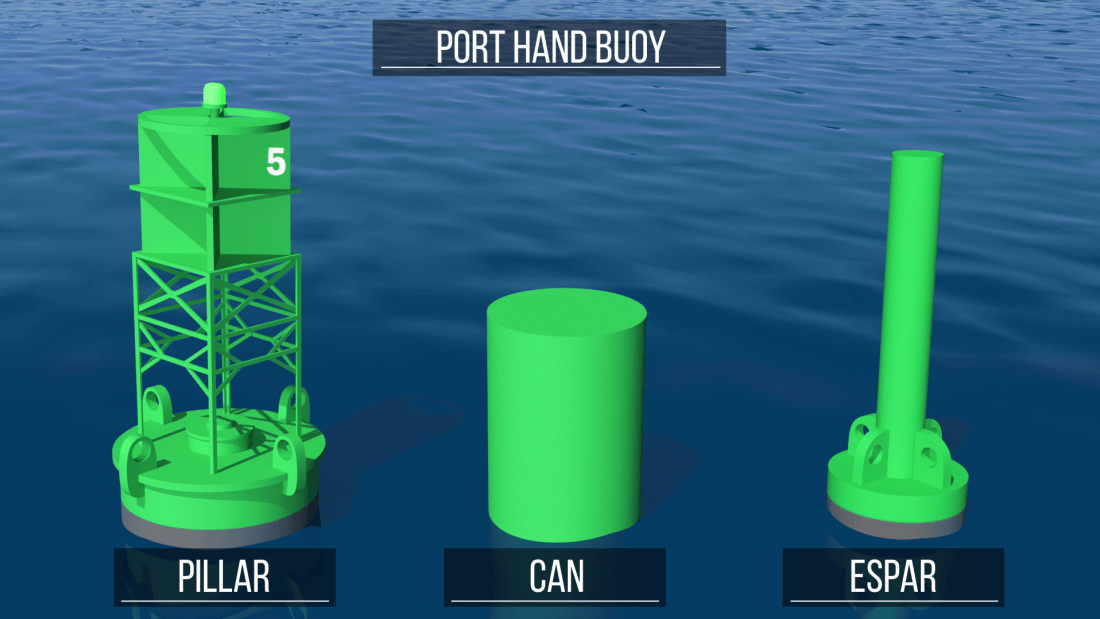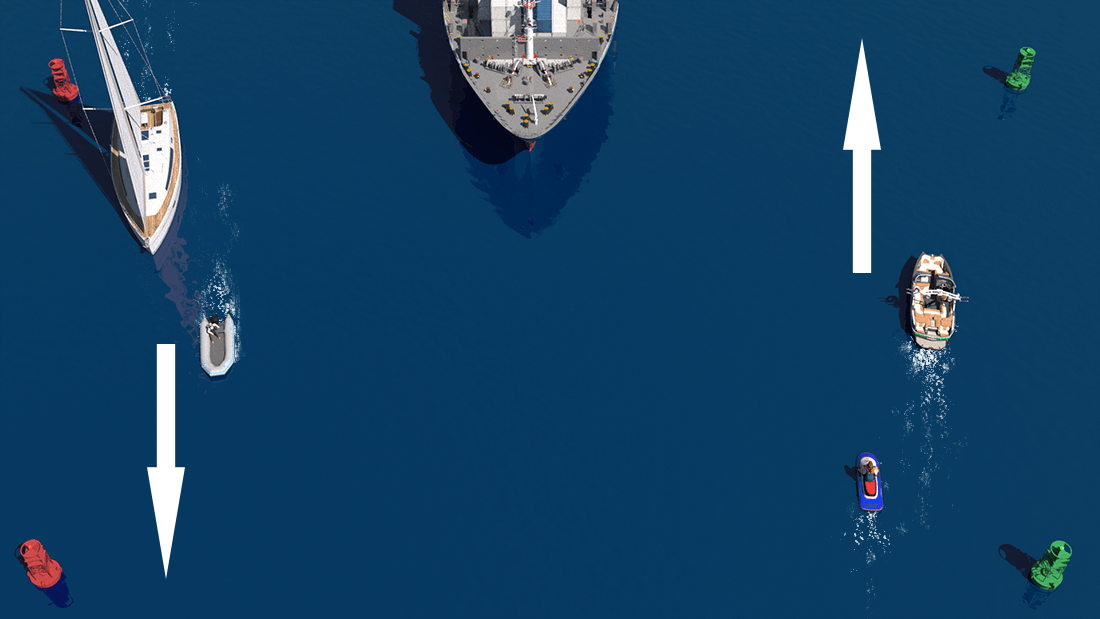Port and Starboard Side Colors: Red and Green Boating Rules Explained

When you step aboard a boat for the first time, one of the first things you’ll notice is that boaters don’t use the words “left” and “right.” Instead, they talk about port and starboard. These two nautical terms might sound old-fashioned, but they are essential for safe and clear communication on the water. Whether you’re docking, navigating, or communicating with the crew, knowing the difference between port and starboard helps prevent confusion — and can even prevent accidents.
What Do Port and Starboard Mean?
Simply put:
-
Port means the left side of the boat when you’re facing forward (toward the bow).
-
Starboard means the right side of the boat when you’re facing forward.
These terms are fixed and do not change based on which way you’re standing or looking. This consistency is what makes them so useful — especially when several people are working together on a vessel. For instance, if the captain shouts “turn to port,” everyone instantly knows which direction that means, regardless of where they are on the boat.
The Origins of the Terms
The words port and starboard date back hundreds of years, long before modern navigation.
In early sailing ships, the steering oar or “steer board” was mounted on the right-hand side of the vessel because most sailors were right-handed. Over time, the word “steer board” evolved into “starboard.”
Since the steering oar occupied the right side, ships were docked with their left side facing the port or harbor to avoid damaging the steering equipment. That side naturally became known as the “port side.” Before the term port became standard, sailors sometimes called it the “larboard” side — but because larboard sounded too much like starboard, it was eventually replaced to prevent confusion in noisy conditions.
Why Port and Starboard Matter
At sea, clarity is everything. Boats don’t have brakes like cars, and misunderstandings can quickly lead to collisions or near misses. Using port and starboard ensures that everyone on board — no matter their position — speaks the same directional language.
These terms are also used in navigation lights, rules of the road, and maritime communication systems. Understanding them isn’t just about tradition — it’s a matter of safety.
For example, every boat must display navigation lights at night or in poor visibility:
-
The port side shows a red light.
-
The starboard side shows a green light.
When two boats approach each other head-on, these lights help determine who has the right of way. If you see another vessel’s red light, it means their port side is facing you — you should alter course to your starboard (right) to pass safely.
The port side of a boat shows a red light.

The starboard side of a boat shows a green light.

Remembering Which Side Is Which
It’s easy to mix up port and starboard at first, but there are a few helpful tricks to remember them:
-
“Port” and “Left” both have four letters.
→ That’s the simplest and most popular memory aid. -
Color association:
-
Port = Red
-
Starboard = Green
(Think of the red port wine — it goes with the port side.)
-
-
Visual trick:
Imagine standing at the helm, facing forward. If your right hand points toward the throttle or control lever, that’s starboard; your left hand is toward port.

Using these mental cues will quickly make the terminology feel natural, especially as you start steering, docking, and giving instructions on board.
How Port and Starboard Are Used in Navigation
In boating, directions are always given relative to the vessel itself, not to compass directions like north, south, east, or west. So, “turn to port” always means “turn the boat left,” regardless of which way you’re facing geographically.
Here are a few examples of how these terms are used in practice:
“The dock is off our port bow.”
When It Comes to Buoys: Port and Starboard Explained
Understanding how port and starboard buoys work is one of the most important parts of safe boating. These navigation aids mark the safest path through channels, harbors, and coastal waters — helping you avoid shallow areas, rocks, and other hazards. Knowing which buoy to keep on which side can make the difference between a smooth cruise and a costly mistake.
What Are Port and Starboard Buoys?
Buoys are floating markers that guide boaters along safe, navigable waters. They are part of an international system called the Lateral Buoyage System, which uses colors, shapes, and numbers to indicate which side of the buoy you should keep your boat on.
In North America, the system follows the IALA Region B standard (International Association of Lighthouse Authorities). The rule is simple but essential:
“Red, Right, Returning.”
That means when you are returning from the open sea toward a harbor, river, or marina, you should keep red buoys (starboard buoys) on your right (starboard) side and green buoys (port buoys) on your left (port) side.
Starboard Buoys (Red)
Starboard-hand buoys are red and often have even numbers displayed on them. They mark the right side of a channel when entering from seaward — or returning to shore.
-
Color: Red
-
Shape: Usually conical (called nun buoys)
-
Topmark (if present): A red cone pointing upward
-
Light (if equipped): Red flashing light
When you’re leaving the harbor and heading out to open water, the rule reverses — red buoys should be on your left side.
✅ Tip: “Red, Right, Returning” — always keep red buoys on your right when heading home.

Port Buoys (Green)
Port-hand buoys are green and display odd numbers. They mark the left side of the channel as you return from the sea.
-
Color: Green
-
Shape: Cylindrical or can-shaped
-
Topmark (if present): A green cylinder (can shape)
-
Light (if equipped): Green flashing light
When leaving port and heading toward open water, green buoys will be on your right-hand (starboard) side.
✅ Tip: When outbound, reverse the pattern — “Green, Right, Going.”

Buoy Numbering and Patterns
Channel buoys are numbered sequentially — odd numbers on green buoys and even numbers on red buoys. Numbers increase as you move inland (returning from sea). This helps confirm whether you are going in or out of a channel.
Example:
-
As you approach a marina, you might pass green buoy #5 on your left and red buoy #6 on your right.
-
When leaving the marina, those same buoys will be on opposite sides: #5 to your right and #6 to your left.
Preferred Channel Buoys
Sometimes, a channel splits into two paths. In these cases, you may see a red and green striped buoy called a preferred channel marker.
-
The top color indicates the preferred (main) channel.
-
Red on top → Preferred channel to starboard.
-
Green on top → Preferred channel to port.
-
If the buoy has a red top, treat it like a red buoy when returning from sea (keep it to your right). If the green is on top, keep it to your left.

Lighted and Unlighted Buoys
At night or in poor visibility, lighted buoys are essential. Their colors match their daytime markings:
-
Red lights for starboard buoys.
-
Green lights for port buoys.
Flashing patterns also help distinguish one buoy from another, and nautical charts indicate each buoy’s characteristics (for example, “Fl R 4s” means a red light flashing every four seconds).
Unlighted buoys, known as daybeacons, serve the same purpose during daylight. They are attached to fixed posts rather than floating in the water.
Staying Safe Between the Buoys
When navigating a marked channel, always stay between the red and green buoys unless you are intentionally leaving the channel for a specific destination. The channel’s width and direction can vary, so consult your nautical charts or electronic GPS for detailed guidance.
-
If you drift outside the channel, you risk hitting rocks, sandbars, or shallow areas.
-
When in doubt about your direction, remember: if buoy numbers are increasing, you’re returning from sea. If they’re decreasing, you’re heading out.
